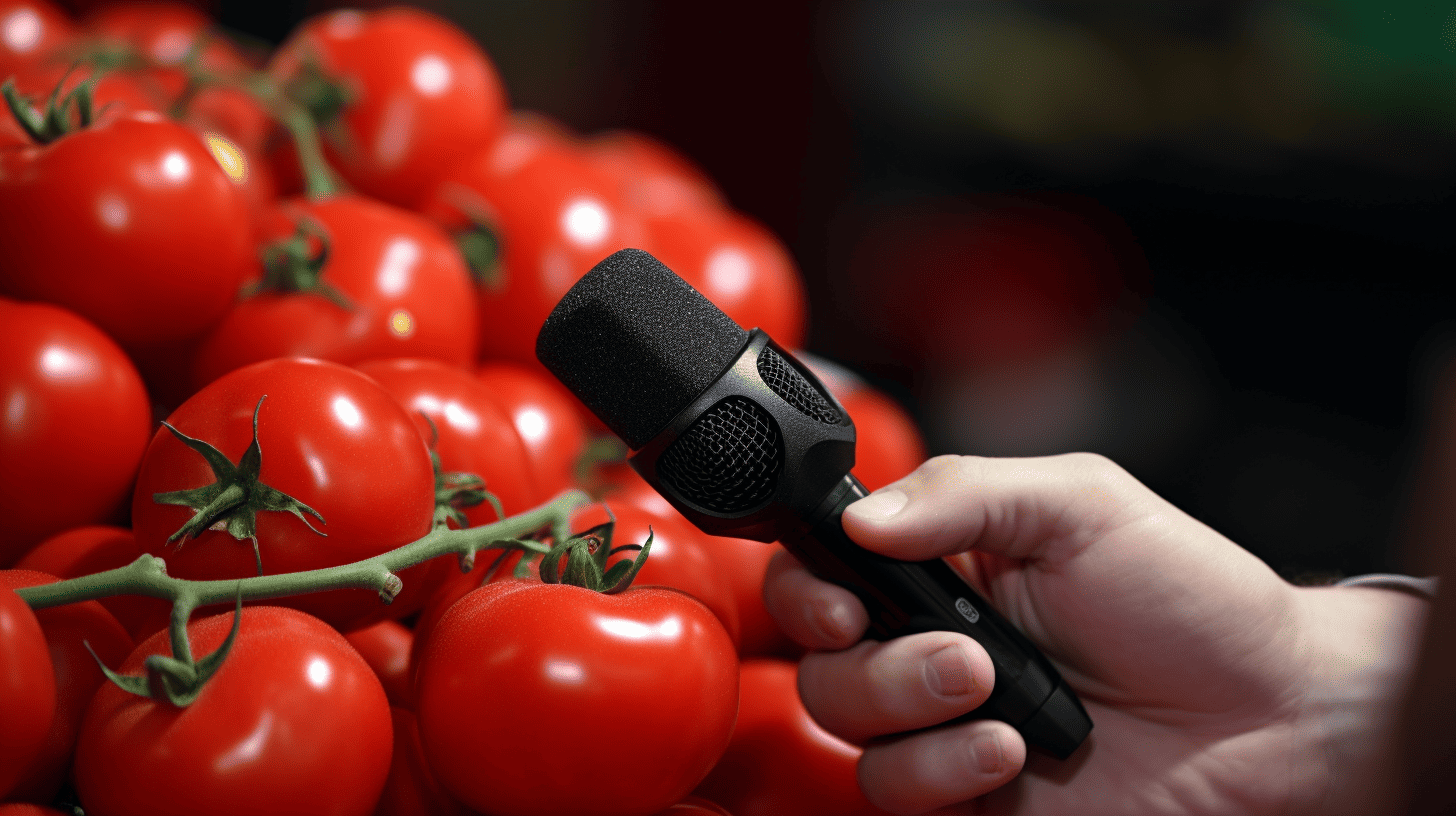
In a weekly column, alternately written by Lucien Engelen, Maarten Steinbuch, Carlo van de Weijer, and Tessie Hartjes, E52 tries to find out what the future will look like. All four contributors – sometimes accompanied by guest bloggers – are working on technologies that can provide solutions to the problems of our time. This Sunday, it‘s Bart Brouwers’ turn.
Here are all the prior editions of [TOMORROW IS GOOD]
As a 50-plus, I’m from the newspaper generation. I grew up in the conviction that consuming your daily amount of news and backgrounds every morning was all you needed to stay updated. Broadcasters were there to add sound and image – and hence color – to the information already found in the paper.
That was then.
“It’s perfectly safe to raise our expectations for the future of journalism”,

Last week I had the pleasure of working on tomorrow’s journalism with 20 students at a summer camp. Eight teams assembling their prototypes for issues that might be solved by a journalistic solution. Not inhibited (and to be honest also not helped) by the knowledge of how this all worked in the past, they devoted themselves to their mission. Assumptions were tested and repositioned. Five days and five nights were only interrupted by beer, spaghetti, croissants and pink cakes; we slept – as short as possible – in joint barracks. The rest? Learning, building, testing, learning, building, testing, learning …
That was cool.

Anyone who has reason to doubt 1) the future of journalism, 2) the sense of responsibility of a young generation or 3) their knowledge and need for news should have been there. No, the future of journalism or the current media industry has not been saved (did anyone set that goal?). Nor is this proof that everything will turn out well automatically – this group was simply too small and too little representative for such a claim. But it is a clear sign that apparently there are ways to transform the many promising ideas into concrete (and functioning!) prototypes and products. With designers, technicians, developers, mathematicians, economists, marketers, business experts and yes, journalists too.
That’s tomorrow.

No, that’s right now. Entrepreneurial young people, eager to learn, can indeed combine societal and commercial purposes on a practical level. Perhaps even much better than we used to have. They are aware that there are more useful technologies available than anyone can view or act upon. They are open to the input and impulses from outside their own sector, even looking for it. They listen to the people with a problem before they come up with a solution. They want to understand, they want to explain. It’s perfectly safe to raise our expectations for the future of journalism; the best has yet to come.
Tomorrow is better.









